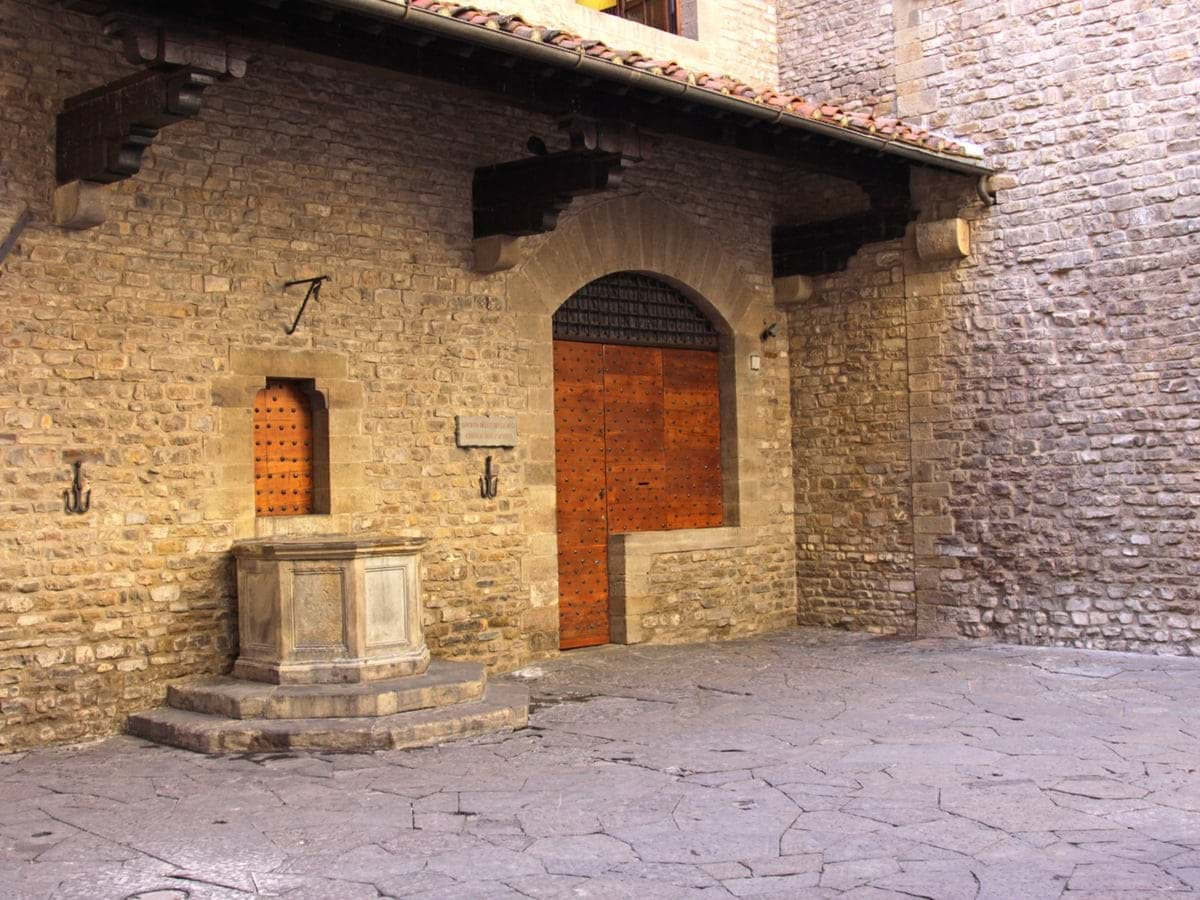If you’ve ever picked up one of Dan Brown’s bestselling Robert Langdon novels, you’ll know just how easy it is to get drawn into their world of hidden signs, conspiracy theories, and elegant European settings. It’s no wonder the series has sparked such a storm of interest in the sites it mentions. Where The Da Vinci Code sold a million airfares to Paris and tickets to the Louvre, Inferno has seen countless readers jump on a plane to Italy, keen to explore beautiful Florence.
The cradle of the Renaissance, Florence is home to countless artistic treasures and beautiful buildings, and makes an incredibly atmospheric setting for a mystery novel. Inferno takes in many of the city’s most iconic sights and attractions. Set out on a walking tour between them and along the way you’ll get acquainted with Florence’s Aladdin’s cave of art and history.
The Istituto d’Arte and Boboli Gardens
This is probably not the first museum that springs to mind when you think of Florence; you’re more like to picture the Uffizi Gallery or the Galleria dell’Accademia. Nevertheless, it’s home to a fantastic collection of plaster casts of sculptures by the likes of Donatello and Michelangelo.
In the book, Robert Langdon and his companion Sienna scale a wall to get into the Boboli Gardens. However, you’ll probably find it easier (and less illegal) to access the gardens by their real entrance, next to the historic Porta Romana wall. Inside, wander landscaped lawns and winding paths as you admire the sculptures that cover the hill behind the Pitti Palace. The fact these gardens seem fit for nobility makes perfect sense – they once belonged to the Medici, Florence’s former rulers.

The Boboli Gardens
The Vasari Corridor
One of Florence’s most famous attractions is the Vasari Corridor, built to allow Cosimo I, the Duke of Florence, to move between the Palazzo Vecchio and the Palazzo Pitti. The first is Florence’s town hall, while the second was the home of Cosimo’s family, the Medici.
In Inferno, Langdon and Sienna use the Vasari Corridor as an escape route. In reality, much of the corridor is closed today, as it passes through private palazzi. You can see some of it, however, on a guided tour. Gape at the remarkable collection of self-portraits hanging on its walls, including works by the likes of Rembrandt, Rubens, and Antonio Canova.

Part of the Vasari Corridor
The Uffizi Gallery
The Vasari Corridor extends all the way to the Uffizi Gallery, where many tours of the corridor begin and end. The Uffizi is surely the most prestigious of Florence’s art galleries, and that’s saying something. Here you’ll find the world’s largest collection of Renaissance art, with masterpieces by artists such as da Vinci, Raphael and Titian. Iconic works you’ll marvel at here include da Vinci’s Adoration of the Magi and The Annunciation, Michelangelo’s The Holy Family, and Caravaggio’s Bacchus.

The Uffizi Gallery
Palazzo Vecchio
Another famous site that joins the Vasari Corridor is the iconic Palazzo Vecchio, Florence’s longstanding town hall. This has been the seat of political power since the 14th century. You can go inside, and the highlight is the Salone dei Cinquecento, an extravagant hall adorned from floor to ceiling with ornate sculptures and wall paintings. Spot the amazing Genius of Victory, a 16th-century sculpture by Michelangelo.

Palazzo Vecchio, Florence’s longstanding town hall
Casa di Dante
Inferno shares its name with the introductory section of the Divine Comedy, an epic poem by Dante Alighieri. In Dan Brown’s novel, the main characters leave the Palazzo Vecchio onto the Via della Ninna, which takes them to the Piazza della Signoria – home to the Casa di Dante.
Did Dante really live in this exact spot? The jury’s out on that, but we do know this was his neighborhood. Find out more about the life and work of the great poet at this beautifully presented museum.

Casa di Dante
The Bargello
Just down the road from the Casa di Dante, and a good place to end your walking tour through the Florence of Inferno, is the Bargello. You probably noticed this palazzo cropping up a few times in the novel. It’s had a long and colorful history, having served as an army barracks, a private residence for the Florentine Chief of Police, and a prison. Executions were even held in the palace’s yard.
Today there’s a much less morbid atmosphere about the place. It houses the world’s largest collection of Renaissance and Gothic sculptures, including entire rooms dedicated to works by Michelangelo and Donatello. In the Donatello Room, you’ll find sculptures such as St. George and the Dragon and a couple of statues of the Biblical figure David, one in marble and one in bronze.
The Michelangelo masterpieces on show include the sculpture Bacchus. Learning about its history could make almost anyone feel like an underachiever – amazingly, it was completed when the artist was just 21 years old.
By now, of course, you’ll be used to seeing masterpieces by the likes of Michelangelo. Florence is home to an embarrassment of artistic and cultural riches, and a tour through the locations of Dan Brown’s Inferno – whether you’ve read the book or not – is a fantastic way to experience them.

National Museum of Bargello


